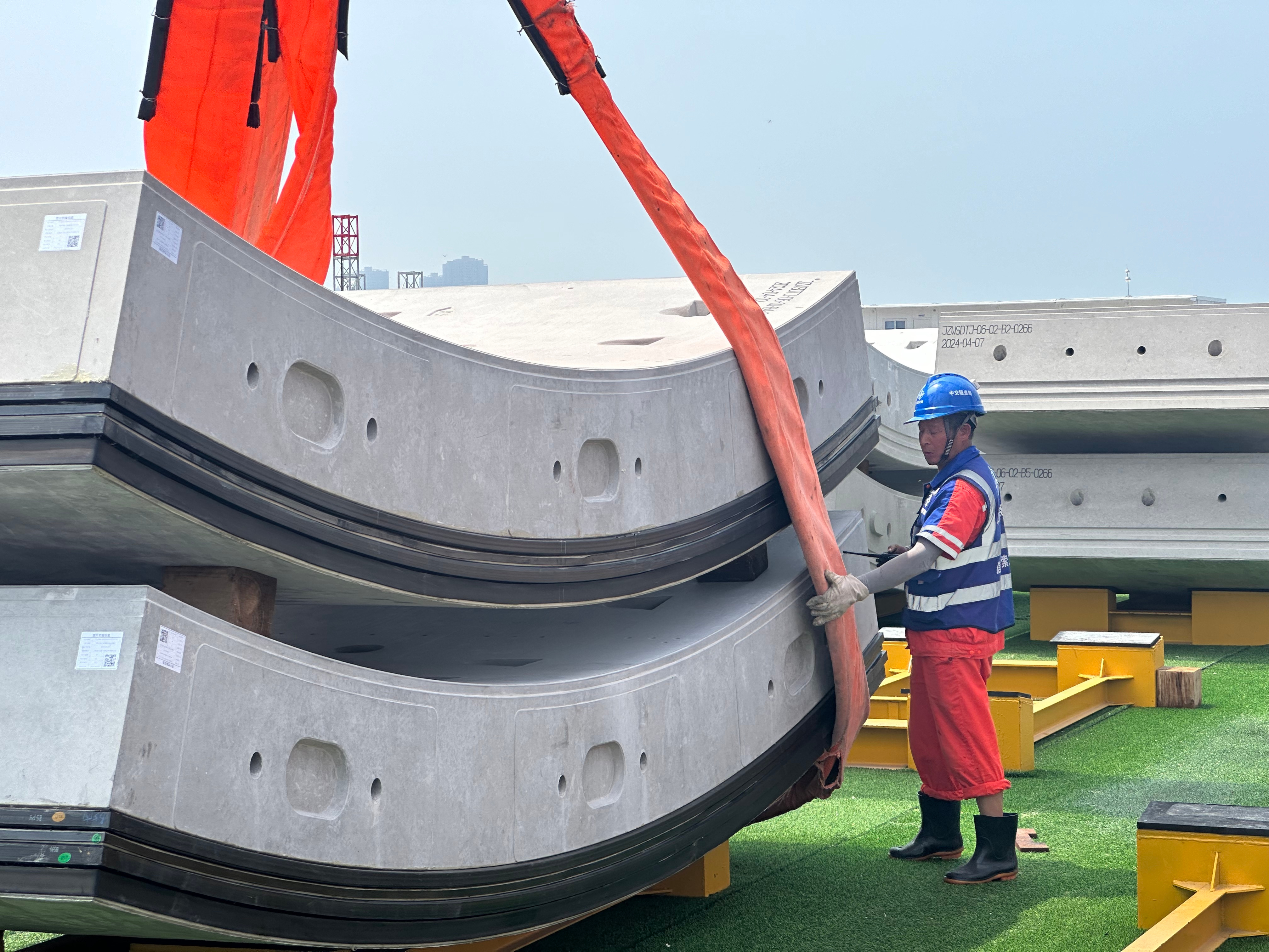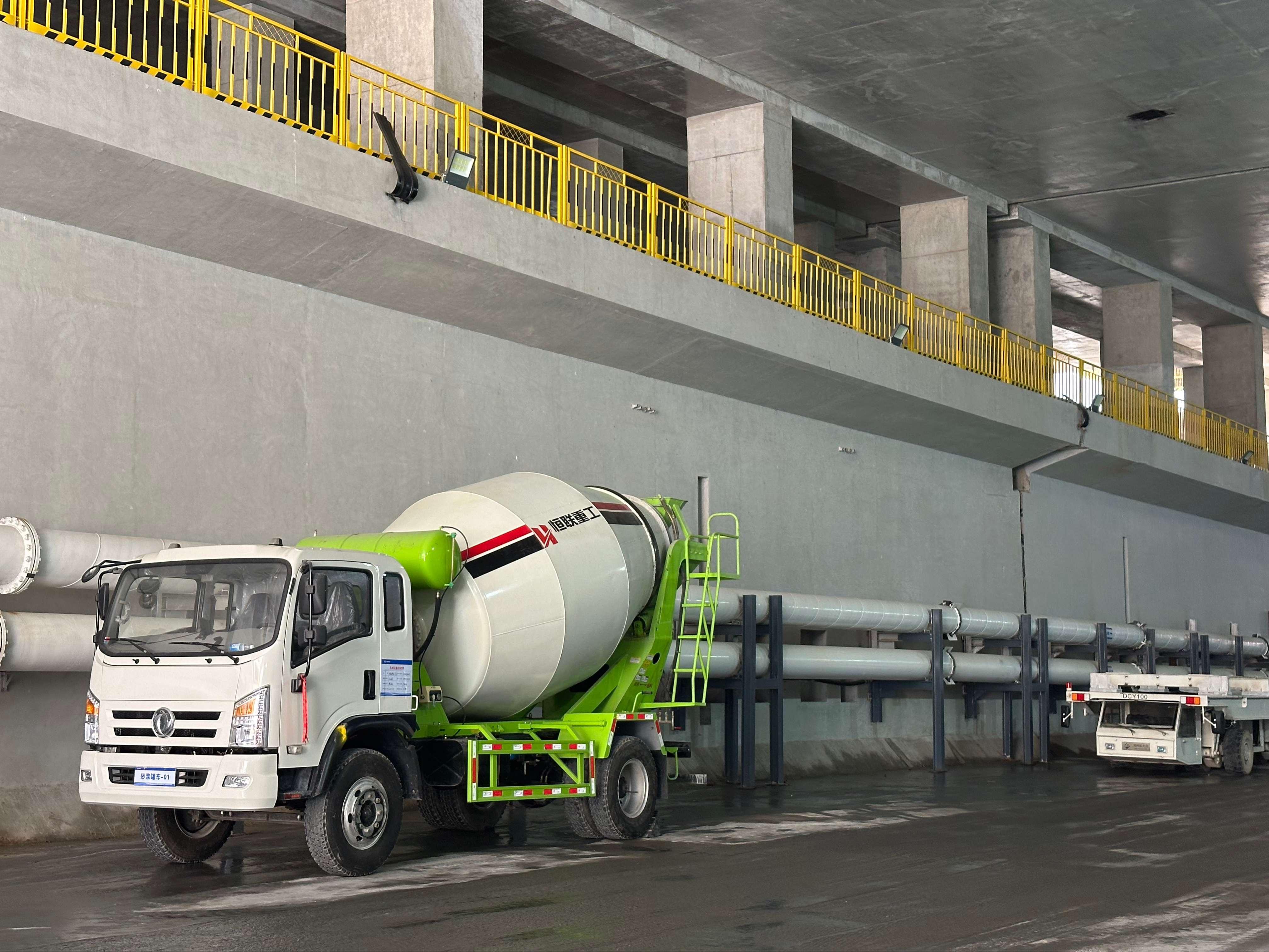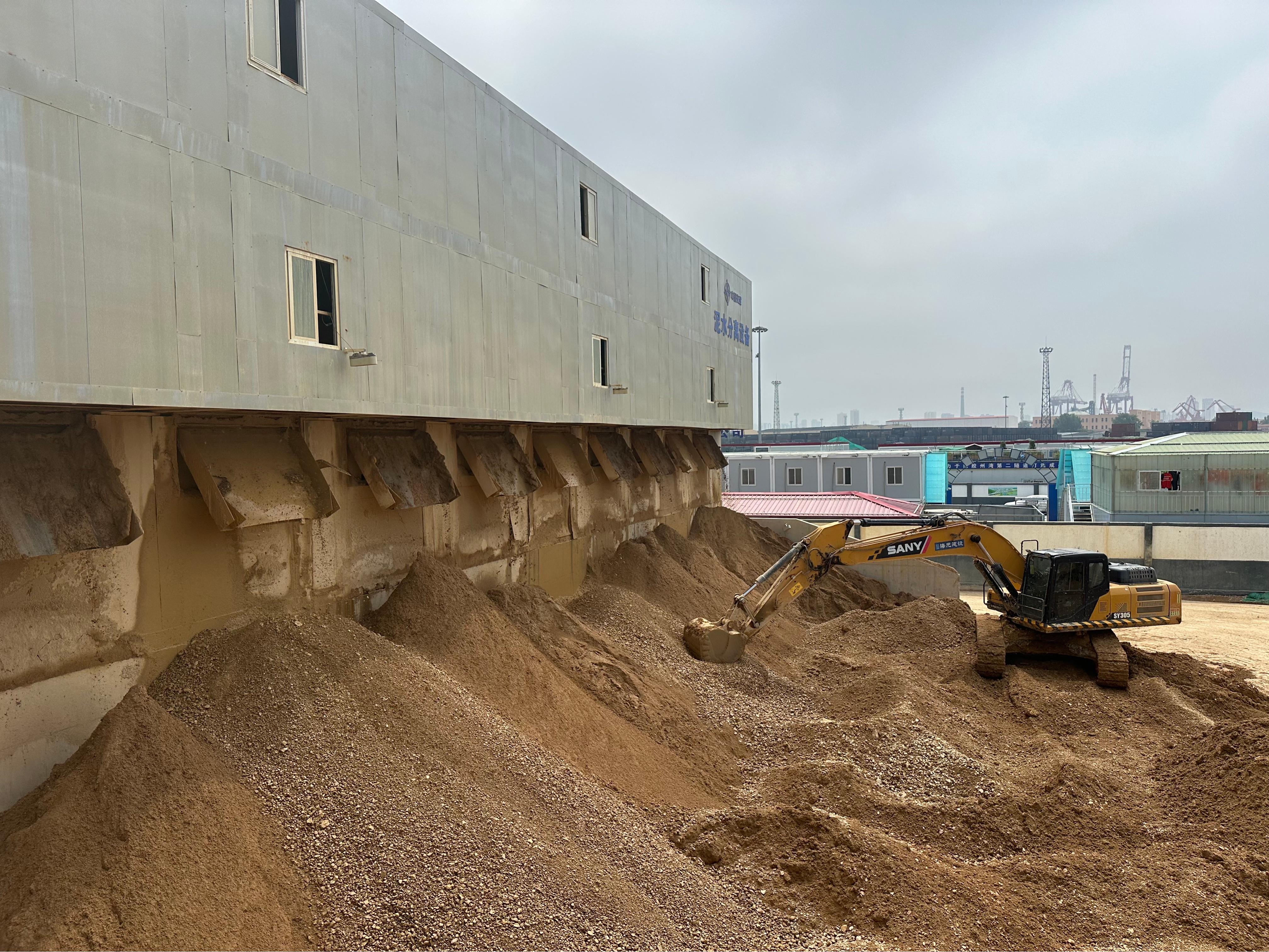Qingdao Jiaozhou Bay Second Tunnel: The World's Longest Undersea Tunnel in Green Tunneling
The blue waves ripple, and the sea and sky are in the same color. Under the blue sea of Jiaozhou Bay, an undersea tunnel that attracts worldwide attention is quietly extending.
This is the second undersea tunnel in Jiaozhou Bay, Qingdao, Shandong Province. The reporter recently learned from the TJ-06 Section Project Department of the Jiaozhou Bay Second Subsea Tunnel Project of China Communications Tunnel Engineering Bureau Co., Ltd. that since January 26 this year, the "Deep Blue" shield machine of the shield section of the northern line of the main line of the Jiaozhou Bay Second Tunnel Since its inception, the shield has been excavated more than 600 meters.
As an important hub connecting Qingdao's Main City and the West Coast New Area, this undersea tunnel under construction with a total length of more than 16 kilometers not only ranks among the "Five Most in the World" for its longest length and largest scale, but also for its innovative concept of green construction has become the focus of attention inside and outside the industry.
Combine digitalization and low-carbon to create a green intelligent construction site
Under the leadership of the relevant person in charge of the Jiaozhou Bay Tunnel Second Project of the China Communications Tunnel Bureau, the reporter put on construction protective clothing and entered the site of the Jiaozhou Bay Tunnel Second under construction. You need to walk down a seven-story ladder cage from the ground to reach the shield construction site.

At the operation site of the TJ-06 Section Project Department of the Jiaozhou Bay Second Undersea Tunnel Project, construction workers are lifting shield segments. Photo by Xu Weixing
It is understood that the total length of the shield on the north line of the main line is 3258 meters. It adopts the mud-water balanced shield method. The outer diameter of the tunnel is 15.0 meters and the inner diameter of the tunnel is 13.7 meters. Under normal working conditions, the shield machine digs into the sea at a speed of 8 meters every day.
Sitting on the pure electric sightseeing bus used for workers to commute in the tunnel, the relevant person in charge said that during the construction of the tunnel, the concept of energy conservation and emission reduction runs through. The project vigorously promotes new energy vehicles, and the proportion of new energy vehicles used for commuting, site cleaning, light transportation and other tasks shall not be less than 50%. At the same time, the project's shield construction site uses energy-saving lamps, air conditioners and other equipment to reduce energy consumption. An intelligent management system is used to monitor and manage energy use at the construction site in real time to ensure effective use of energy. At the same time, select high-efficiency and energy-saving shield machines and supporting equipment, such as low-energy motors, frequency conversion control technology, etc., to reduce the energy consumption during equipment operation.

The TJ-06 Section Project Department of the Jiaozhou Bay Second Undersea Tunnel Project vigorously promotes new energy vehicles at the shield construction site. Photo by Xu Weixing
"We have fully introduced a digital construction platform in the early stage of project construction to reduce paper waste through digital office work. It is estimated that the use of 130,000 sheets of paper will be reduced, which is equivalent to saving 40 trees. On the other hand, through the use of various smart sensors and positioning sensors, the consumption of various energy and materials in the project can be accurately statistically analyzed, and then through process coordination and precise energy allocation and control, the production status of excessive allocation of resources and energy can be improved, and on-demand materials can be realized., consume energy on demand and reduce resource waste." The relevant person in charge introduced.
Not only that, the project also carried out a comprehensive low-carbon transformation of the workers 'living area: changing from 220V power lighting to solar lighting, an efficient, environmentally friendly and safe solar lighting system can be established in the workers' living area to provide workers with a comfortable, energy-saving living environment. The project department installed an air energy system for hot water supply, saving 75% of energy consumption.
"In terms of lighting, the entire project is expected to effectively save about 200,000 kilowatt-hours of electricity by abandoning traditional lamps and adopting energy-saving light strips." The relevant person in charge said that every project should leave a positive impact on our environment, not just solve immediate transportation problems.
Innovatively use reclaimed water and save approximately 1 million cubic meters of fresh water resources
In addition to using digital and low-carbon means to empower green construction, Qingdao Jiaozhou Bay Second Tunnel has also taken many innovative measures in resource utilization and construction technology.
"The construction of the tunnel's mud-water balance shield requires a large amount of fresh water resources. However, since the project is located in the port area and can provide very few fresh water resources, this is a huge challenge in the early stage of construction." Talking about the "obstacles" encountered at the beginning of project construction, Liu Mochi admitted that many innovations were actually forced out.
"We found in preliminary research that a nearby sewage treatment plant produces a large amount of reclaimed water every day. Therefore, we proposed a plan to use reclaimed water instead of tap water." The relevant person in charge of the project introduced that in order to verify the feasibility of the plan, the project team conducted hundreds of tests to determine that the relevant performance indicators of reclaimed water met the construction requirements, realizing the reuse of reclaimed water resources, and effectively saving about 1 million square meters of fresh water resources. The project indirectly created benefits of more than 4 million yuan. This not only saves costs for the project, but also sets a model for other engineering projects to learn from.
So, why does mud-water balanced shield construction consume a lot of fresh water resources?
Faced with this problem, the relevant person in charge of the project also pointed out to the reporter the innovation point of the second resource utilization of the project. "During the advancement process of the shield machine, the muck and gravel cut by the cutter head are transported to the ground through pipelines by a large proportion of slurry. We then separate the muck, gravel and mud through mud treatment equipment, recycle the treated mud again, and transport the muck and gravel for treatment." He introduced that the separated muck has a lower moisture content, which makes the muck transportation more efficient.
"In the past, these large amounts of muck produced during the construction process were usually treated as waste, but in the Qingdao Jiaozhou Bay Second Tunnel Project, these muck turned waste into treasure. Become high-quality building materials and be used for subgrade filling and greening projects in surrounding areas. This measure not only reduces the number of transportation and carbon emissions of muck, but also saves a lot of costs for the project." Introduction to the relevant person in charge of the project.

A large amount of muck produced during the construction process is separated from mud and water and used as high-quality building materials for subgrade filling and greening projects in surrounding areas. Photo by Xu Weixing
Green innovation is everywhere, greatly improving construction efficiency and environmental protection
From the clever idea of solving the shortage of fresh water resources to the conversion of muck into building materials, every aspect of the Qingdao Jiaozhou Bay Second Tunnel Project reveals the wisdom and ingenuity of environmental protection.
At the construction site, such innovations are numerous. The reporter saw that the project team innovatively adopted an "integrated grouting" system to move the ground mixing station to the shield machine trolley, which greatly improved the construction efficiency.
"During the project construction process, how to control the rapid and stable shape tunnel and thereby ensure the waterproof quality of shape tunnel is particularly important. The key to controlling these indicators is the synchronous grouting process for shield construction. In the past, most of the slurry for synchronous grouting in the tunnel was mixed in a ground mixing station and then transported to the slurry storage tank of the shield machine over a long distance. This was not only low efficiency, but also caused excessive energy consumption and was prone to dust pollution." The relevant person in charge of the project told reporters that the integrated synchronous dual-liquid grouting system effectively solved the transportation organization problem in the tunnel by moving the ground mixing station to the shield machine trolley.
He calculated that this innovative measure can effectively save 12416 transportation vehicles in the tunnel, about 40451 kilometers, and improve construction efficiency by about 15%. While reducing construction costs and achieving synchronous and continuous operations, it also reduces the impact of project implementation on the surrounding environment, effectively controlling project carbon emissions, and achieving harmonious coexistence in the project environment.
In addition, the project is also equipped with a small domestic sewage treatment system according to local conditions. The amount of sewage treated every day is about 100 cubic meters. This water is recycled and reused for sprinkler, dust reduction and greening irrigation on the construction site. "Through this system, we have achieved self-production and sales of sewage, reduced resource waste, reduced costs, and truly achieved recycling." The project leader told reporters that the Qingdao Jiaozhou Bay Second Tunnel Project is not only an important practice in China's infrastructure, but also a breakthrough in the field of green construction. We hope to set a new environmental benchmark for global infrastructure construction through this project.







